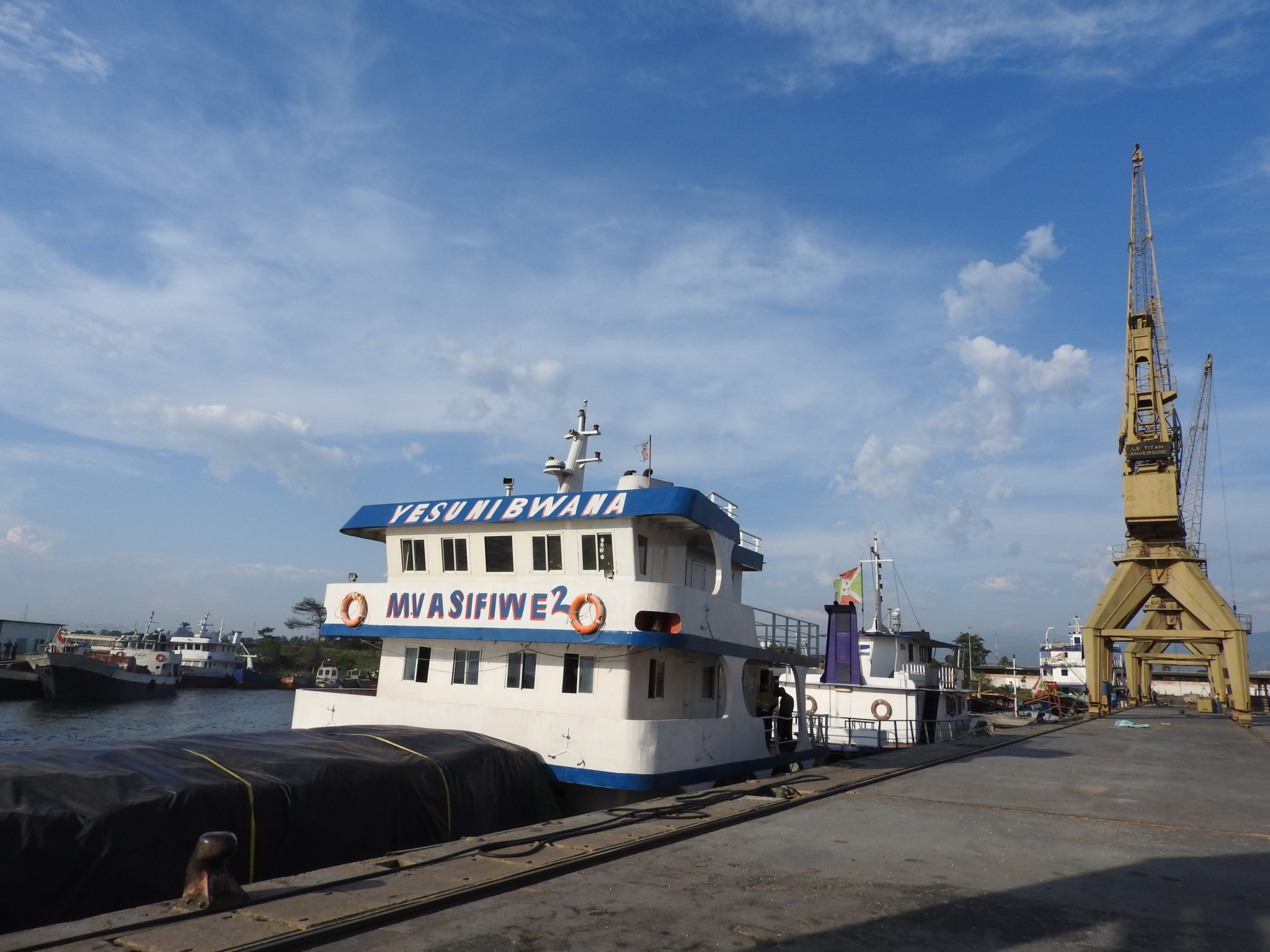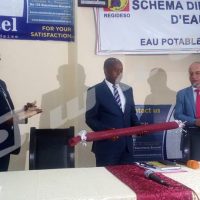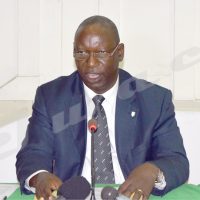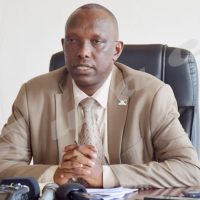The East African Community (EAC) and Central Corridor Transit Transport Facilitation Agency (CCTTFA) in collaboration with the World Bank will meet on 2 and 3 November .The aim will be to look into how the project on Lake Tanganyika Transport Program should be supported.

Lake Tanganyika Transport will be soon be operational
The World Bank has committed approximatively US 500 million to the support of the Lake Tanganyika Transport Program and $ 100 to be in the environment protection of Lake Tanganyika. Liberat Mfumukeko, the EAC Secretary General, says the community is committed to delivering an integrated transport system and the Lake Tanganyika Program in particular. “Successful implementation of the Lake Tanganyika Transport program is expected to result into numerous benefits for the riparian states and the communities around the Lake”, he says.
Among the benefits include the enhancement of inland waterway transport and connectivity on Lake Tanganyika; improving the navigational safety on Lake Tanganyika and promotion of security through cross border trade as well as reducing the transport costs for goods and passengers for the Lake Tanganyika Basin countries through improved infrastructure and logistics services.
It will also be an opportunity to improve connectivity of the Lake ports and the land-locked countries with the port of Dar es-Salaam through the central corridor allowing people and goods to move more easily and efficiently within the region.
Dieudonné Dukundane, Executive Secretary of the Central Corridor Authority, says that if one compares transport fees paid in other countries, Burundi is still paying a high rate estimated at between 30 and 40% of the merchandise values. “This constitutes a big challenge to the boosting of the EAC trade”, he says.
He then says transport projects including shipping and railway need to be supported to facilitate investors through the central corridor. “To achieve this goal, we must have sufficient ships to facilitate importers and a free movement of goods in the community”, he says.
Lake Tanganyika is well placed to provide intermodal linkages between tripartite regional economic blocks of EAC, COMESA and SADC and therefore a critical conduit not only for transport needs but also for wider economic benefits.
The implementation of the intermodal strategy started in 2015 with the Lake Victoria Transport Program covering projects in Uganda, Tanzania and Rwanda with the support of the World Bank and DFID. The World Bank has committed approximately Usd 600 million to the Lake Victoria Transport project.



















 IWACU Open Data
IWACU Open Data

